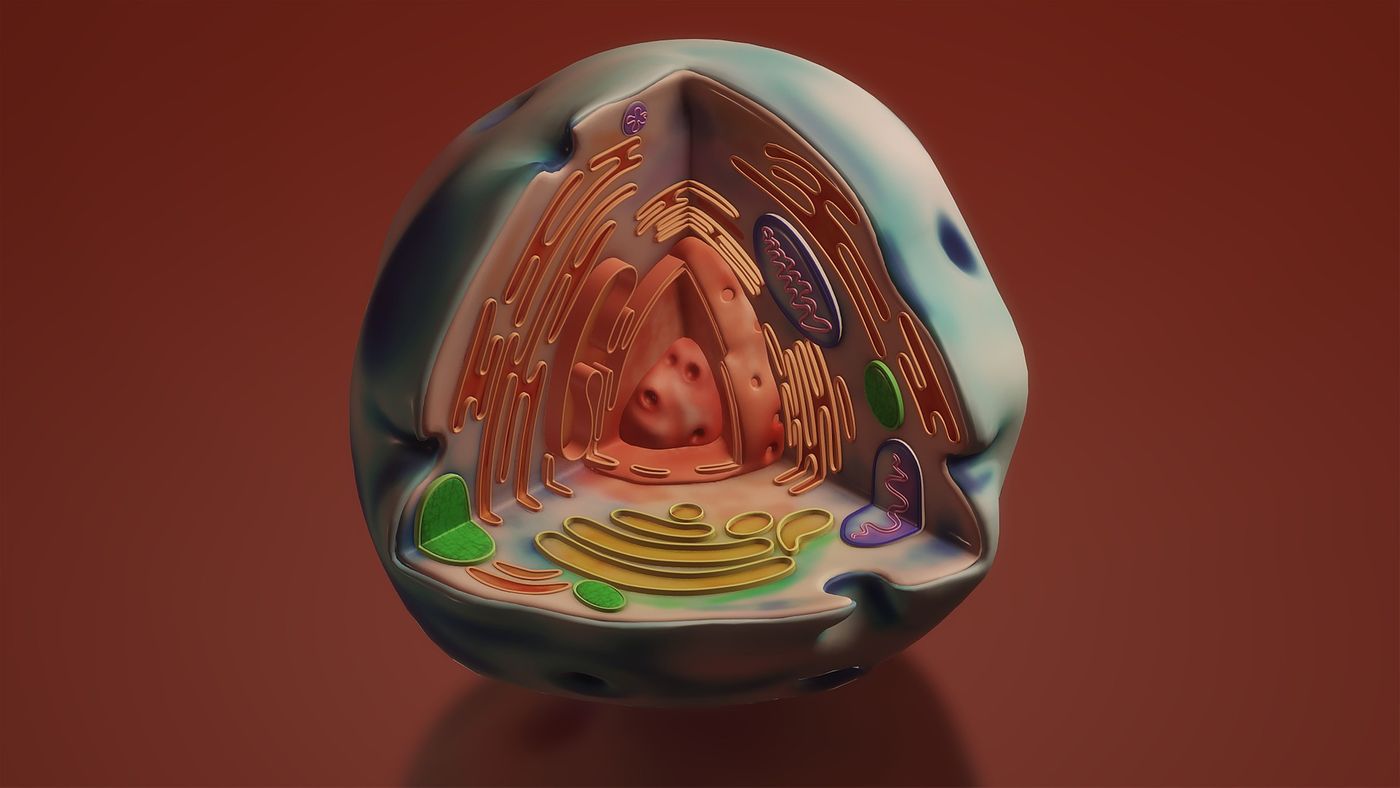The Precursor to ATP
Adenosine triphosphate (ATP) is the essential energy molecule that drives our bodies. The cleavage of one of its three phosphate molecules releases a massive amount of energy that powers cells.
The paper explains that the molecule’s conservation through the evolution of cells and its complex nature indicates that it was present in the early stages of biochemical evolution. Since ATP is necessary to make more ATP, scientists also believe this points to a precursor to ATP instead of ATP arising by itself.
Research led by Nick Lane at University College London in the United Kingdom discovered a likely precursor to the crucial molecule. The paper was published in PLOS Biology on October 4.
The researchers hypothesized that this candidate is acetyl phosphate (AcP). It is currently used as a metabolic intermediate in bacteria and archaea cells. AcP can phosphorylate adenosine di-phosphate to ATP in the presence of iron ions.
Lane and his team used data about early Earth’s conditions to test other ions, minerals, and organic molecules to determine the validity of AcP as a precursor. Iron ions worked the most efficiently in the metabolism. No other organic molecules worked as well as AcP, either, and the researchers were able to model a proposed mechanism for ADP, AcP, and iron ions.
The ion's small diameter and charge and the reaction intermediate's geometry allowed the AcP to transfer a phosphate to ADP to make it ATP.
“Over time, with the emergence of suitable catalysts, ATP could eventually displace AcP as a ubiquitous phosphate donor,” Lane concluded in the press release.
Source: Science Daily, PLOS Biology









